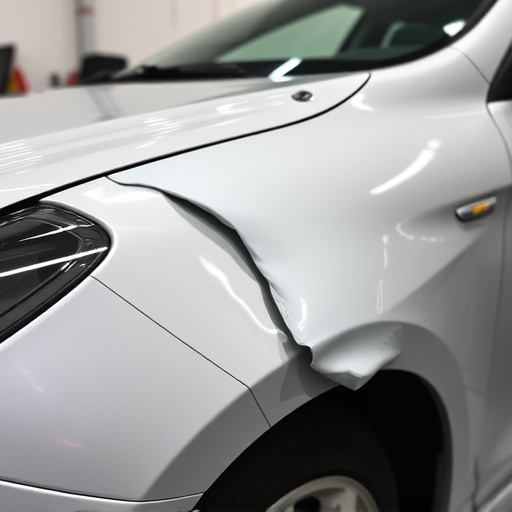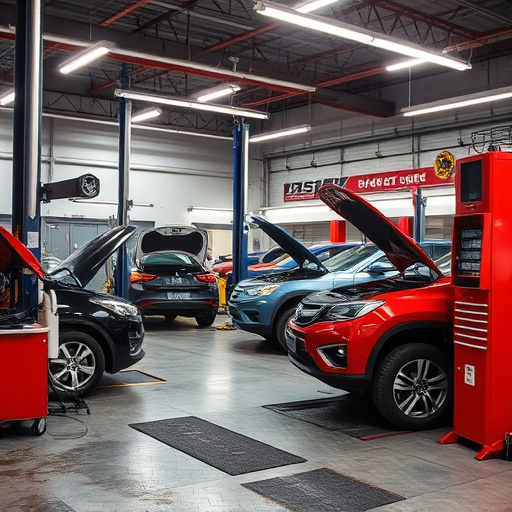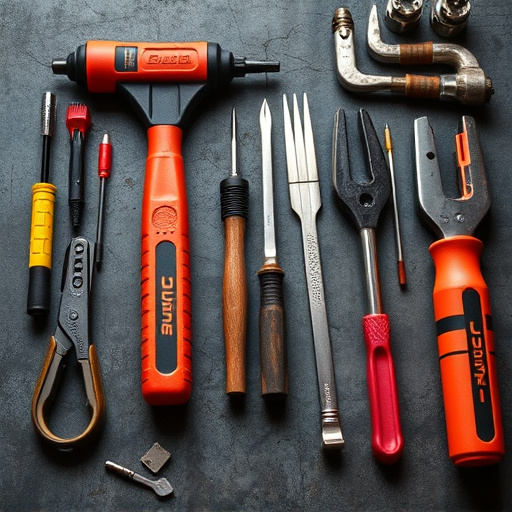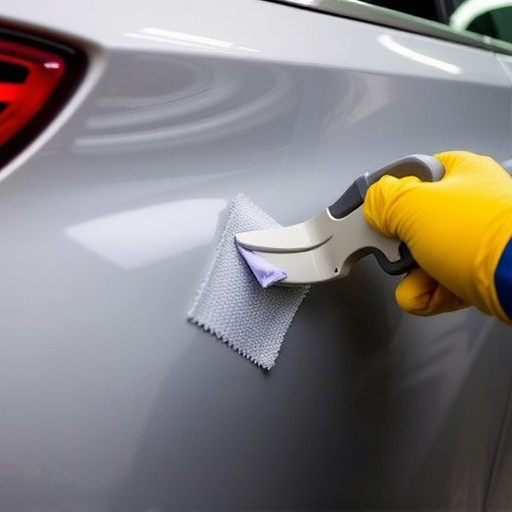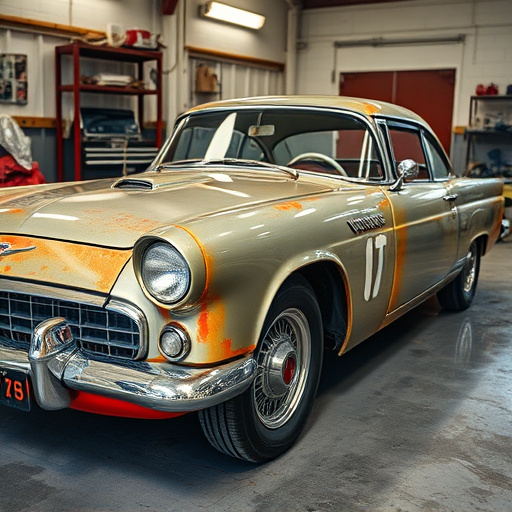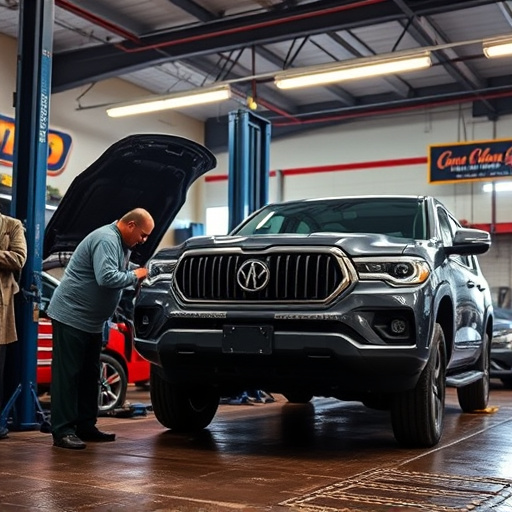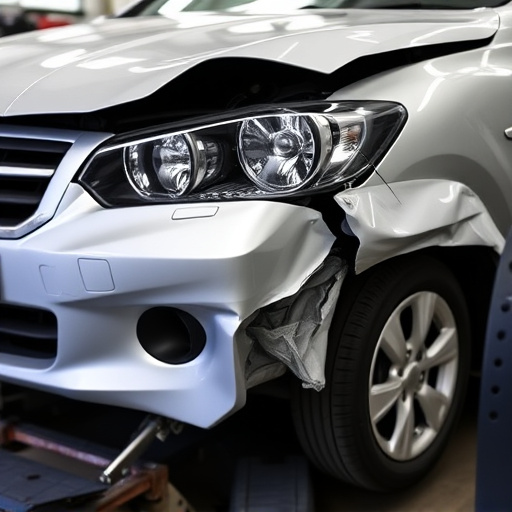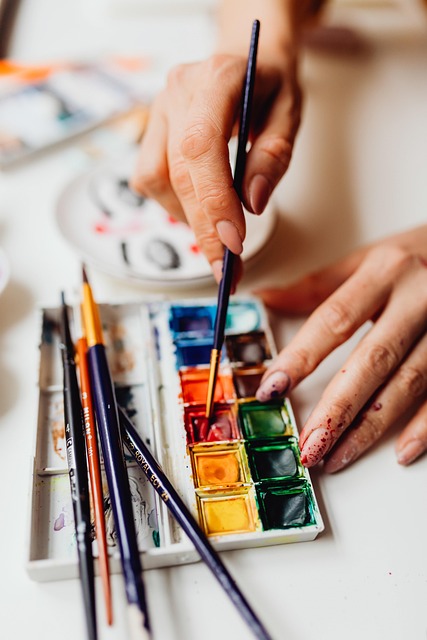Color sanding and buffing are essential techniques in fleet repair and automotive body shops for achieving a flawless, durable paint finish. Coarse sandpaper removes imperfections, and finer grits refine the surface. Buffing fills gaps with a protective compound, repelling dirt and UV rays. This process restores gloss, enhances scratch resistance, and ensures better top coat adhesion, vital for long-lasting vehicle finishes. Proper tools, preparation, pressure control, and regular inspections are key to achieving professional results akin to a refurbished Mercedes Benz.
“Discover the art of enhancing paint durability with color sanding and buffing—a game-changer in the world of finishing. This process, involving meticulous grinding and polishing, offers a scientific approach to prolonging the life of your paints. From understanding the mechanics behind it to adopting best practices, this article unravels the secrets for achieving optimal results. Uncover the benefits of color sanding and buffing as a revolutionary technique, ensuring your painted surfaces stand the test of time.”
- Understanding Color Sanding and Buffing Process
- The Science Behind Enhancing Paint Durability
- Best Practices for Optimal Results
Understanding Color Sanding and Buffing Process

Color sanding and buffing is a meticulous process that involves the careful application of abrasive materials to smoothen and enhance the surface finish of paintwork. This technique, often employed in both fleet repair services and automotive body shops, aims to achieve a flawless, glossy appearance while also improving paint durability. The process begins with coarse sandpaper to remove any imperfections or scratches, gradually working up to finer grits as the surface becomes smoother. Once the sanding is complete, a buffing compound is applied using special pads or machines, which further refines the finish and fills in any remaining microscopic gaps.
This two-step method not only restores the original luster of a vehicle’s paint but also creates a protective barrier that repels dirt, stains, and UV rays—crucial for maintaining the overall aesthetics and longevity of the vehicle restoration process. The result is a vibrant, durable finish that commands attention on any road or in any garage.
The Science Behind Enhancing Paint Durability
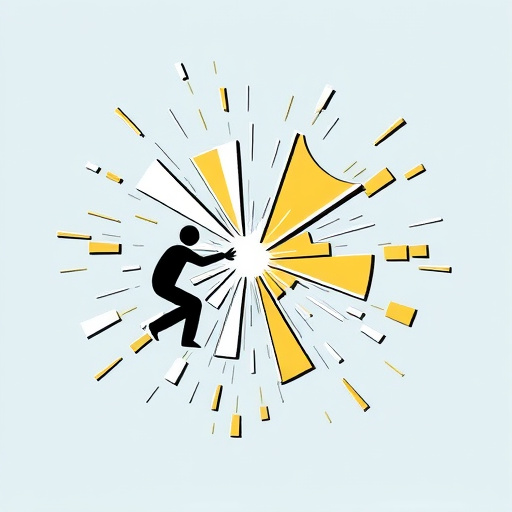
The science behind enhancing paint durability lies in the intricate process of color sanding and buffing. These techniques are pivotal in ensuring the longevity of any vehicle’s finish, whether it’s a meticulous car paint repair or tire services for your ride. By carefully removing surface imperfections through sanding and then polishing with buffing compounds, a smooth, uniform layer is created that shields the base coat from environmental damage. This dual process not only restores the paint’s original gloss but also fills in minor scratches, enhancing scratch resistance and creating a protective barrier against UV rays and oxidation.
Color sanding and buffing work synergistically to refine the paint’s surface, enabling better adhesion for top coats. The act of sanding smooths out irregularities, while buffing further refines the texture, ensuring an even application of subsequent coatings. This meticulous approach is not just about achieving a glossy finish in vehicle repair; it’s about fortifying the paint job against the constant exposure to weather conditions and everyday wear and tear, thereby significantly extending its lifespan across various applications, from car paint repair to tire services.
Best Practices for Optimal Results

Achieving optimal results with color sanding and buffing requires a meticulous approach to ensure paint durability. Professionals in Mercedes Benz repair or other vehicle repair services often recommend following strict best practices for this process. First, using the right tools and materials is essential; opt for high-quality sandpaper and polishing compounds designed for automotive applications. This guarantees a smooth surface and minimizes damage during the sanding stage.
Next, proper preparation is key. Before starting, thoroughly clean the car’s surface to remove any dirt or debris. Then, apply an appropriate primer to create a protective layer beneath the paint. During buffing, use light, even pressure to avoid overheating the paint, which can lead to blisters or other defects. Regularly inspect and re-apply compound as needed to maintain a consistent finish, ensuring your vehicle’s exterior looks as good as new after the color sanding and buffing process, just like a professionally restored Mercedes Benz.
Color sanding and buffing are proven techniques that significantly enhance paint durability, ensuring long-lasting protection for various surfaces. By understanding the science behind these processes and adhering to best practices, professionals can achieve superior results. This method offers a robust solution for maintaining the aesthetic appeal of painted surfaces over time, making it an invaluable tool in the industry.

